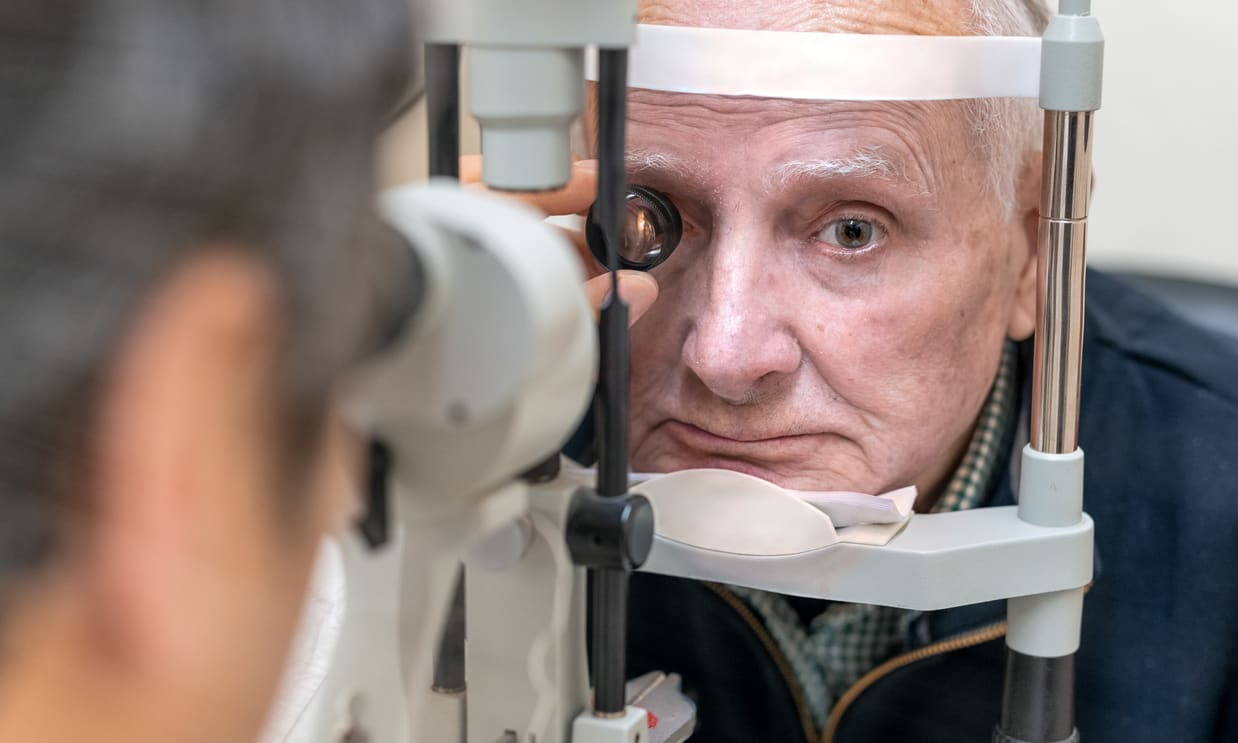Maximizing Athletic Performance: The Science of Periodization Training
Have you ever wondered how world-class athletes maintain their peak performance year after year? The answer lies in the strategic planning of their training programs, a method known as periodization. This article will delve into the science of periodization training and its importance in maximizing athletic performance.

Unraveling the Origin of Periodization Training
Periodization training has its roots in the early 20th century, primarily in Eastern Europe. The technique was initially employed by Olympic weightlifters to strategically plan their training cycles leading up to major competitions. Over the years, its efficacy in enhancing performance and reducing the risk of injury has seen it permeate various sports disciplines.
Understanding the Concept of Periodization Training
Periodization training involves the systematic planning of training and recovery periods to optimize performance at the desired time. It takes into consideration the athlete’s competitive and training calendar and divides it into cycles and phases, each with specific objectives. These cycles range from macrocycles (usually a year), mesocycles (few weeks to few months), and microcycles (typically a week).
The Many Benefits of Periodization Training
Periodization training offers numerous benefits. Firstly, it ensures athletes reach their peak performance for major competitions. Secondly, it minimizes the risk of overtraining and injury. Lastly, it helps maintain motivation and interest in training by providing variety and specified training goals.
The Challenges and Real-world Applications of Periodization Training
Despite its benefits, periodization training is not without its challenges. It requires extensive planning and a deep understanding of an athlete’s physiological responses to training. Furthermore, it requires flexibility to accommodate unforeseen circumstances such as injuries or changes in competition schedules.
However, its real-world applications are evident. Many successful athletes and teams across sports like football, athletics, swimming, and cycling employ periodization training. For instance, coaches of football teams meticulously plan training programs to ensure players peak during important tournaments while avoiding burnout.
The Research that Backs Periodization Training
Several studies validate the efficacy of periodization training. Research published in the Journal of Strength and Conditioning Research found that athletes following a periodized training program had a 28.5% higher chance of improving performance compared to those who didn’t. Another study in the Scandinavian Journal of Medicine and Science in Sports found periodized training beneficial in reducing overuse injuries.
In conclusion, periodization training, with its scientific approach to planning training programs, plays an integral role in an athlete’s success. Despite the challenges it presents, its benefits far outweigh them. As sports continue to evolve, the application of periodization training promises to remain a constant, guiding athletes towards their peak performance.




